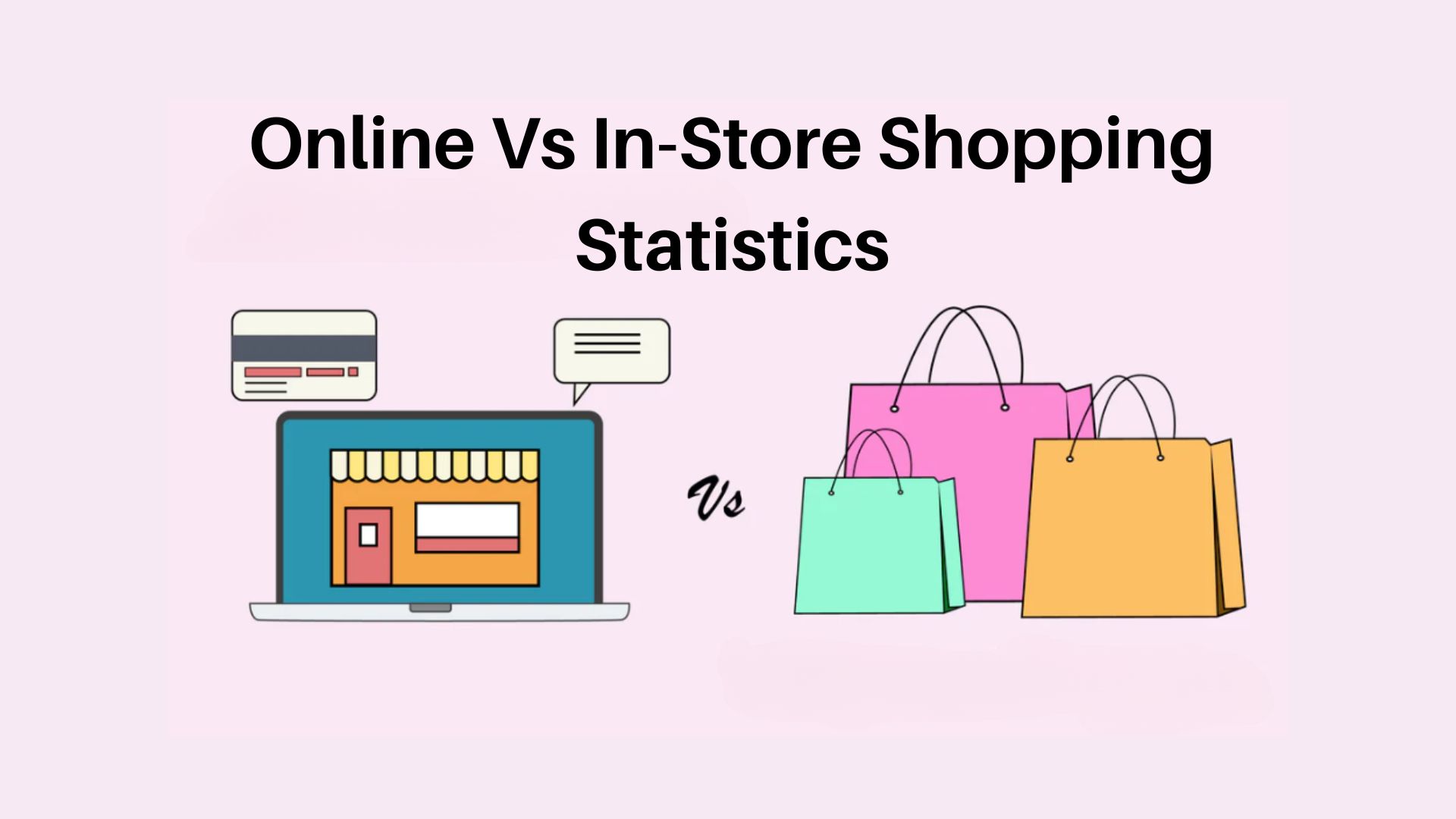Online vs. In-Store: Calculating the True Cost Difference
The debate between online and in-store shopping often focuses solely on price, but the true cost comparison involves many hidden factors. From time investment to return policies, each shopping method has advantages and disadvantages that affect the real bottom line. This analysis will help you calculate the complete cost picture so you can make informed decisions about where to shop for different types of purchases.
Cost Comparison Factors:
- Price differences and why they exist
- Hidden costs of each shopping method
- Time value calculations
- Return policy and convenience considerations
Direct Price Comparisons
While online prices are often lower, this isn't universal:
- Online advantages: No physical store overhead, easier price comparisons, direct-from-manufacturer options
- In-store advantages: Immediate possession, ability to inspect items, potential for unadvertised clearance deals
- Price matching: Many stores now match online prices, blurring the distinction
Hidden Costs of Online Shopping
What appears cheaper online may have unseen expenses:
- Shipping costs: Even "free" shipping is often built into prices
- Return shipping: Many retailers deduct return shipping from refunds
- Restocking fees: Common for electronics and large items
- Time delays: The cost of waiting for items you need immediately
Hidden Costs of In-Store Shopping
Brick-and-mortar shopping has its own hidden expenses:
| Cost Factor | Average Impact |
|---|---|
| Transportation | $3-$10 per trip in gas and vehicle wear |
| Impulse purchases | 20-30% higher than planned spending |
| Time investment | 1-3 hours per shopping trip |
Calculating Your Personal Cost Equation
To determine which method is truly cheaper for you:
- Calculate your hourly earnings (annual salary ÷ 2,000 hours)
- Estimate time spent shopping online vs. in-store
- Factor in transportation costs for physical shopping
- Consider your likelihood of impulse purchases in each environment
- Account for differences in product quality/accuracy between methods
The most cost-effective shopping strategy often involves a hybrid approach—using online research to identify the best deals, then deciding whether to purchase online or in-store based on the total cost picture for each specific item. For routine purchases of known items, online frequently wins. For complex purchases requiring inspection or immediate need, in-store may be preferable despite potentially higher prices. The key is making conscious decisions based on complete cost analysis rather than defaulting to one method for all purchases.





